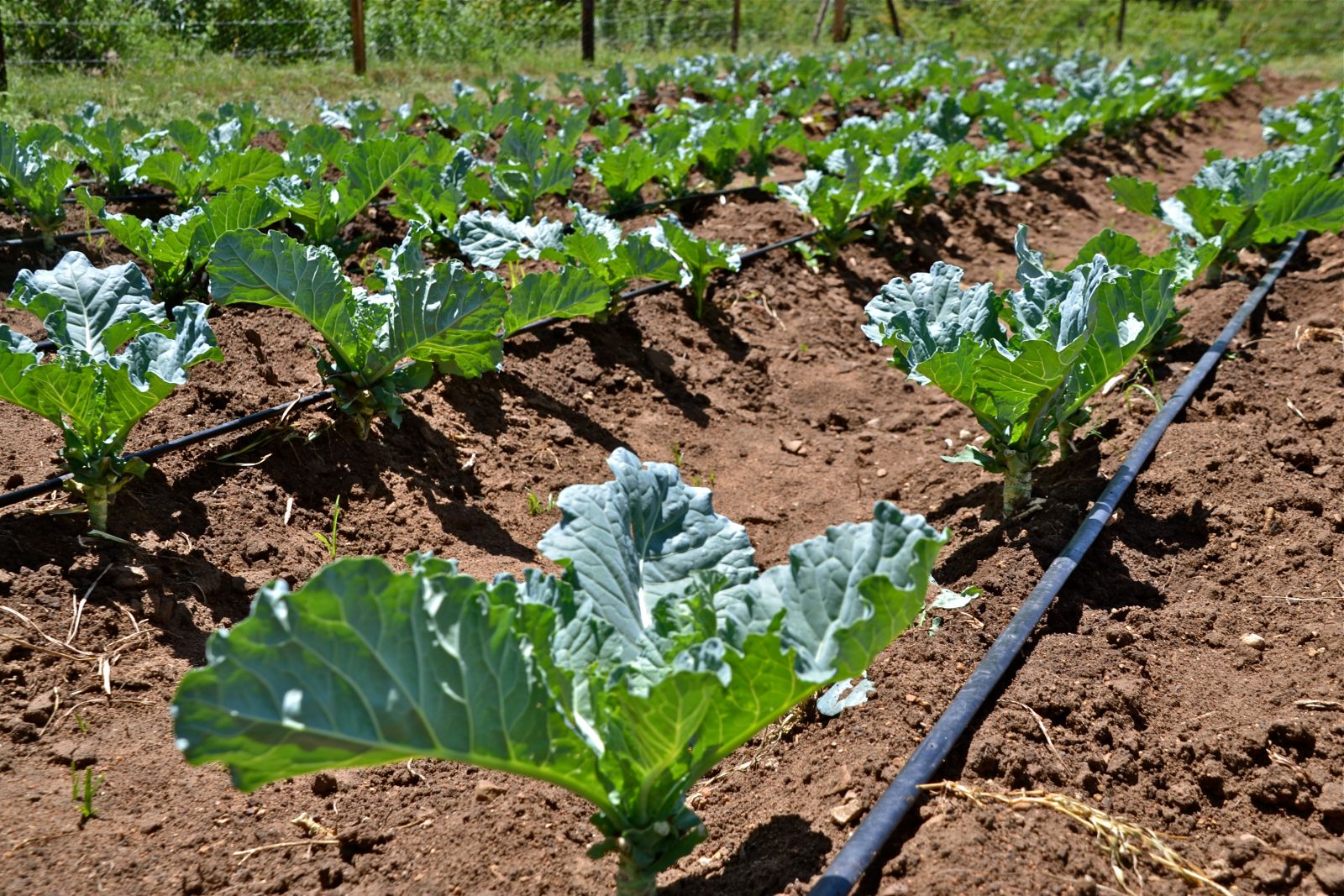Turning Imagination into Reality
Imagine a day when you press a couple of keys on your tablet to gain real-time soil condition information, which in-turn triggers the performance of your smart irrigation system to save you time, money, increase crop production, and maximize water conservation. Imagine this same process tailoring the amount of fertilizer, pesticides or herbicides you use or to make other identified and necessary changes intelligently and automatically.
This day is here. The technology that turns this imagination into reality is a drone. Adding drone-collected crop intelligence to your agriculture system is proving to increase time efficiency, boost crop yields and profits, while improving resource management.
Also referred to as unmanned aerial vehicles (UAVs), drones are flying robots controlled autonomously and remotely via software-enabled flight plans to collect a vast amount of farm data. This drone-collected data is downloaded to equipment-mounted sensors (among other applications) that control mechanical operations (e.g. instruct your variable rate irrigation system, acre-by-acre, to increase water, decrease nitrogen, or whatever application adjustment is required).
Part of the trend toward increasingly data-driven agriculture, drones are expected to help change how we cultivate and grow food. Some 80% of the commercial drone market is predicted for agricultural uses claims the Association for Unmanned Vehicle Systems International, the trade group that represents producers and users of drones and other robotic equipment.
Drones are efficient in data collection. They collect information from a large area within a very small amount of time compared to the use of time consuming, labor intensive, hand-held sensors. And because drones fly under cloud level, the resolution and accuracy is far superior to satellite imagery.
Crop yields are boosted with drone-collected data. Patterns from irrigation problems to soil variation and even pest and fungal infestations that aren’t apparent at eye level can be revealed by this data. Differences between healthy and distressed crops that can’t be seen with the naked eye can be highlighted from drone-collected data.
Drones are cost effective. Weighing less than 50 pounds and often the size of a child’s toy plane, farmers can use simple drones that cost around $500. Other more complex drone systems can range anywhere from $2,000 to $30,000. What is important here is that the return on investment can be realized quickly, even within one year. Drone technology is proving to reduce inputs and increase yields. The savings can be remarkable. And more, the cost effectiveness may help smaller operations better compete.
Resource management is assisted with drone technology. This boost in agriculture intelligence can, among other things, ultimately increase water and fertilizer efficiency, and also help reduce excess fertilizer that runs off into nearby rivers and streams, not to mention lowers the chemical load in our food.
Helping farmers optimize returns while preserving resources at ever larger scales, the use of drones to collect sensor data is a cost effective, pivotal technology in today’s agriculture industry.
THIS ALL FROM USA BUT I HOPE IN TANZANIA WE MUST FOCUS ON THIS TOO









2 comments
Write commentsits very good article in Tz we wiill have it in coming years if we improve our technology
ReplyIt is amazing technology ever! I must be among! 2 bring that technology in Tanzania
Reply